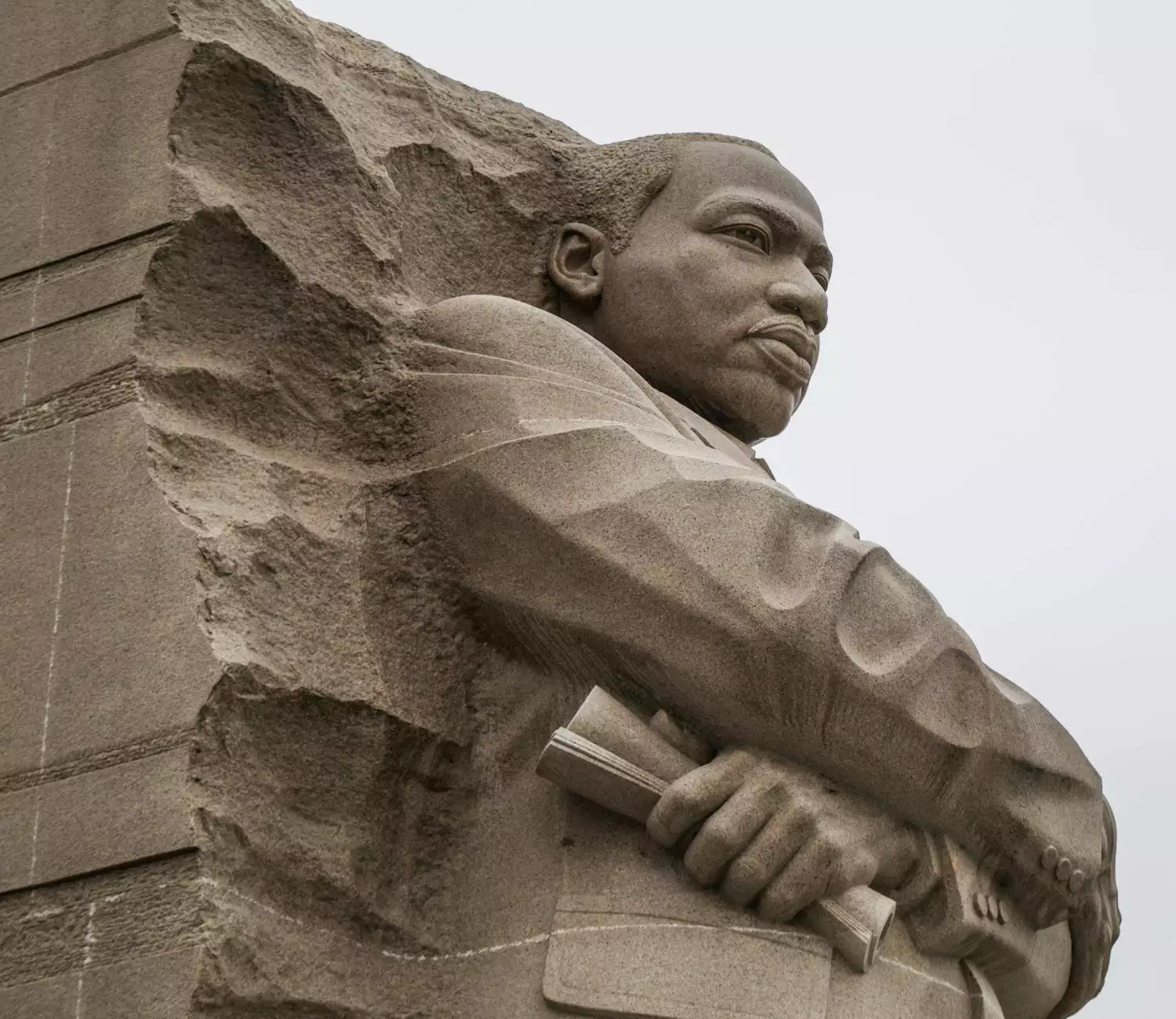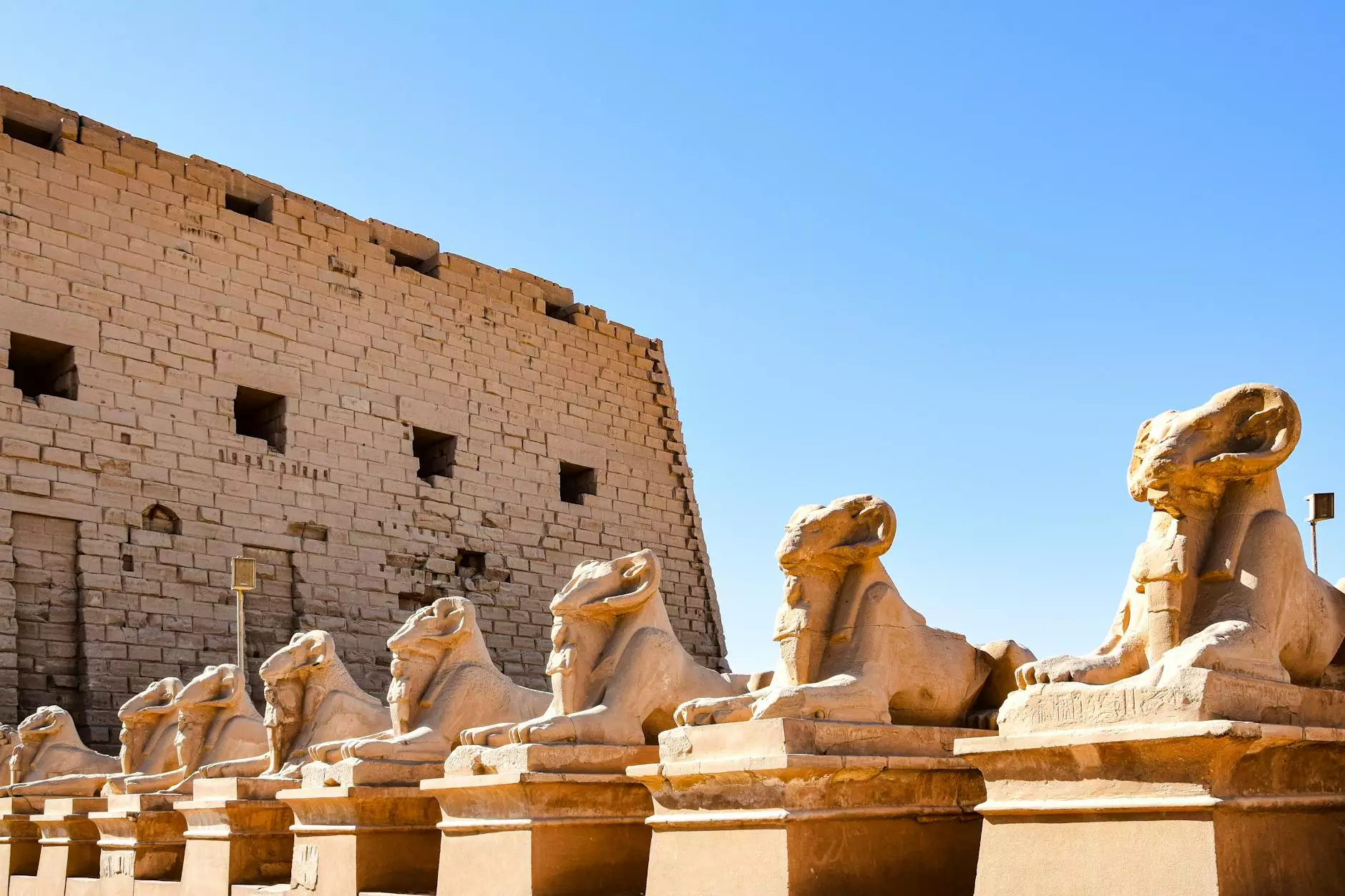Korematsu, a Symbol of Civil Rights in Northern California
1800-1849
The Life and Legacy of Korematsu
Welcome to La Historia Society's page dedicated to Korematsu, a prominent figure in the fight for civil rights in Northern California. This page aims to provide a comprehensive overview of Korematsu's life, his historical significance, and the impact his actions had on shaping the narrative of equality and justice in our society.
A Historical Perspective
Korematsu, born on January 30, 1919, in Oakland, California, was an American civil rights activist who became a symbol of resilience and courage in the face of injustice. His parents were immigrants from Japan, and Korematsu grew up experiencing both the vibrant multiculturalism of Northern California and the simmering prejudice and discrimination towards Japanese-Americans.
At the height of World War II, following the devastating attack on Pearl Harbor, the United States government issued Executive Order 9066, which authorized the forced internment and relocation of over 120,000 people of Japanese descent into internment camps. Despite being an American citizen, Korematsu was one of the many individuals unjustly targeted and uprooted from his home, livelihood, and community.
The Fight for Justice
Instead of silently accepting his fate, Korematsu made the courageous decision to resist the unjust internment order. In 1942, he refused to comply with the evacuation and relocation order, going into hiding instead. However, he was eventually arrested and detained. Korematsu's subsequent legal battle against the government's actions would become a landmark case in American history.
In 1944, the Supreme Court heard the case of Korematsu v. United States, a pivotal moment in the fight for civil liberties. Despite the ruling against Korematsu, his courage and determination paved the way for future challenges to unlawful actions by the government. The case also served as a stark reminder of the fragility of civil rights in the face of fear and prejudice.
The Legacy of Korematsu
Korematsu's fight for justice did not end with the Supreme Court ruling. Over the years, his case went under reevaluation, and in 1983, evidence of the government's misconduct and suppression of vital information came to light. This led to an overturning of Korematsu's original conviction, showcasing the power of perseverance and the importance of holding institutions accountable for their actions.
Today, Korematsu's legacy resonates as a reminder of the ongoing struggle for civil rights and the importance of standing up against injustice. His story serves as an inspiration for future generations, demonstrating the power of an individual's voice and the impact it can have on society.
Visiting the Korematsu Memorial
As a testament to Korematsu's fight for justice, the Korematsu Memorial stands as a reminder of the past and a beacon of hope for a more inclusive future. Located in the heart of Northern California, the memorial offers a space for reflection and education, engaging visitors in a dialogue about the importance of civil rights and the ongoing fight for equality.
Conclusion
In conclusion, Korematsu's unwavering determination and courage make him a symbol of civil rights in Northern California. His fight against injustice during World War II and the subsequent legal battles showcased the resilience of the human spirit and the pursuit of equality. The legacy of Korematsu reminds us all of the importance of standing up for our rights, fighting discrimination, and striving for a more just and inclusive society.




